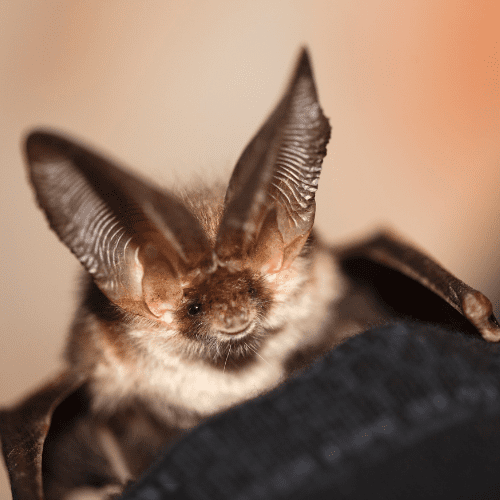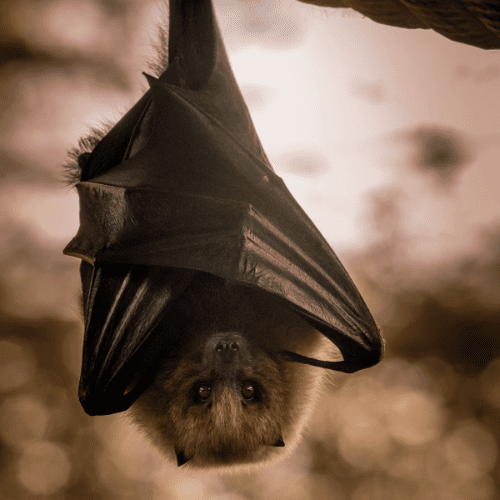Bats
Introduction to
Bats are fascinating creatures that play a crucial role in ecosystems around the world. Known for their echolocation abilities and nocturnal habits, these flying mammals are vital for pest control and pollination. However, bats can sometimes become unwelcome guests in homes and buildings, leading to concerns about health risks and property damage. This article explores the recognition, biology, habits, prevention, and professional handling of bats, providing a comprehensive guide to understanding and managing these intriguing animals.
Recognition
Bats are typically small to medium-sized mammals with wingspans ranging from 6 inches to over 5 feet, depending on the species. They have fur-covered bodies, large ears, and pronounced facial features, including a distinct nose structure adapted for echolocation. Bats are often seen flying at dusk and dawn, using their wings, which are actually modified forelimbs with elongated fingers covered by a thin membrane of skin. Recognizing a bat infestation can be done by observing their flight patterns, finding guano (bat droppings), or hearing high-pitched squeaks coming from attics or other secluded areas.
Biology
Bats belong to the order Chiroptera, which encompasses over 1,400 species worldwide. They are the only mammals capable of sustained flight. Bats use echolocation to navigate and hunt, emitting ultrasonic sounds and listening for the echoes that bounce back from objects. Most bats are insectivores, playing a vital role in controlling insect populations, while others feed on fruits, nectar, or small animals. Bats usually roost in dark, secluded areas such as caves, trees, and buildings. Female bats typically give birth to one pup per year, and they often form maternity colonies where they raise their young together. Bats can live for over 20 years in the wild.
Habits
Bats are nocturnal and spend their nights foraging for food. During the day, they roost in sheltered locations such as attics, eaves, and barns. Bats are highly social animals, often forming large colonies. They prefer quiet, undisturbed areas for roosting and are attracted to buildings that provide easy access and stable temperatures. Bats play a crucial role in ecosystems by controlling insect populations, pollinating plants, and dispersing seeds. However, their presence in homes can lead to concerns about noise, droppings, and the potential spread of diseases such as rabies and histoplasmosis.
Prevention
Preventing bats from entering homes and buildings involves sealing potential entry points and creating an inhospitable environment for roosting. Inspect your home for gaps, cracks, and openings in the roof, eaves, and walls, and seal them with caulk or mesh. Install bat houses away from your home to provide alternative roosting sites. Use outdoor lighting sparingly, as bright lights can attract insects, which in turn attract bats. Keep doors and windows closed or screened, especially at dusk and dawn when bats are most active. Regular maintenance and inspections are key to preventing bats from establishing a roost in your home.
Professional
If bats have already taken up residence in your home, it is essential to contact professional pest control services to handle the situation humanely and effectively. STL Pest Control offers specialized bat removal services that comply with wildlife protection regulations. Their trained technicians will conduct a thorough inspection to identify entry points and roosting areas. They use exclusion techniques, such as installing one-way doors that allow bats to leave but not re-enter. After the bats have been safely removed, STL Pest Control provides cleanup and decontamination services to address guano and other remnants. Professional services ensure that bat removal is done safely and humanely, minimizing risks to both humans and bats.



Our Office









